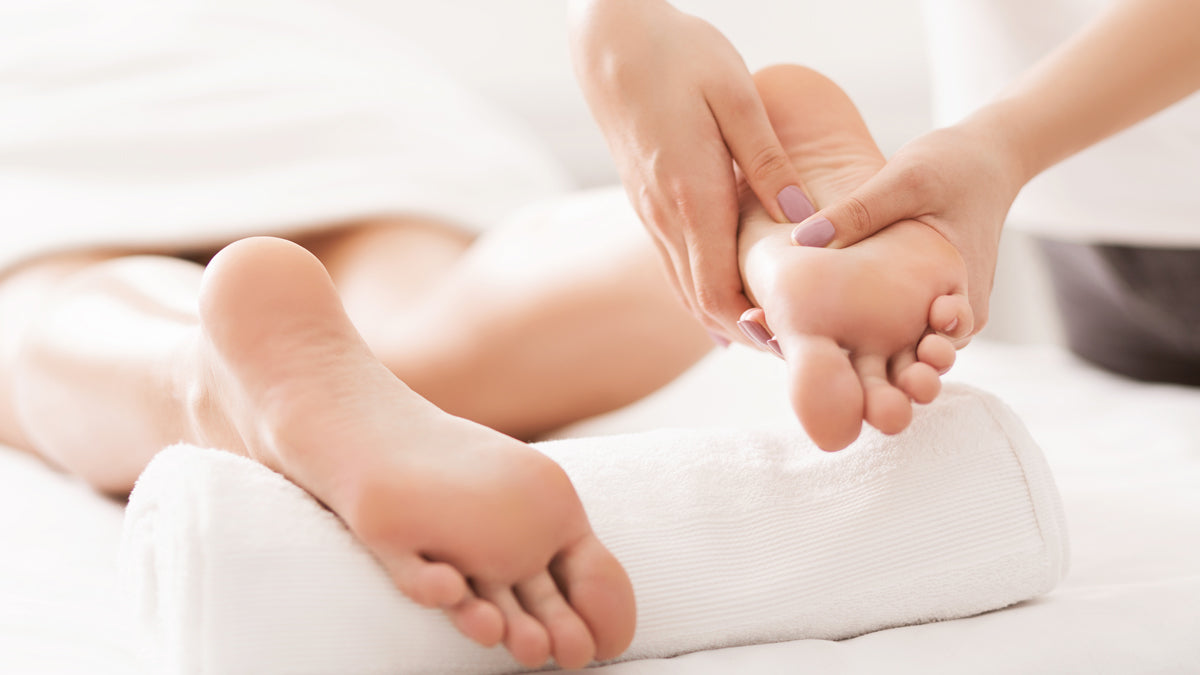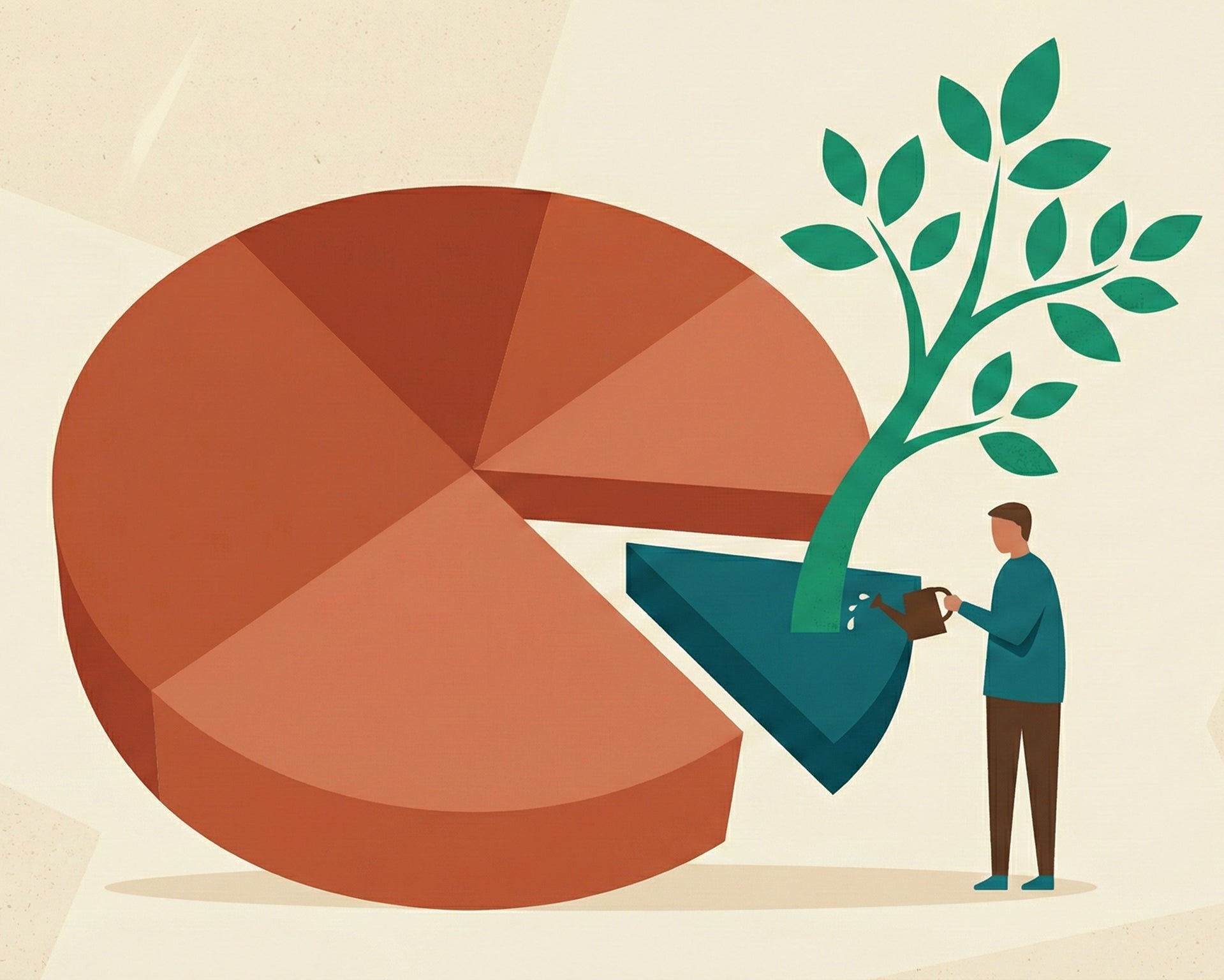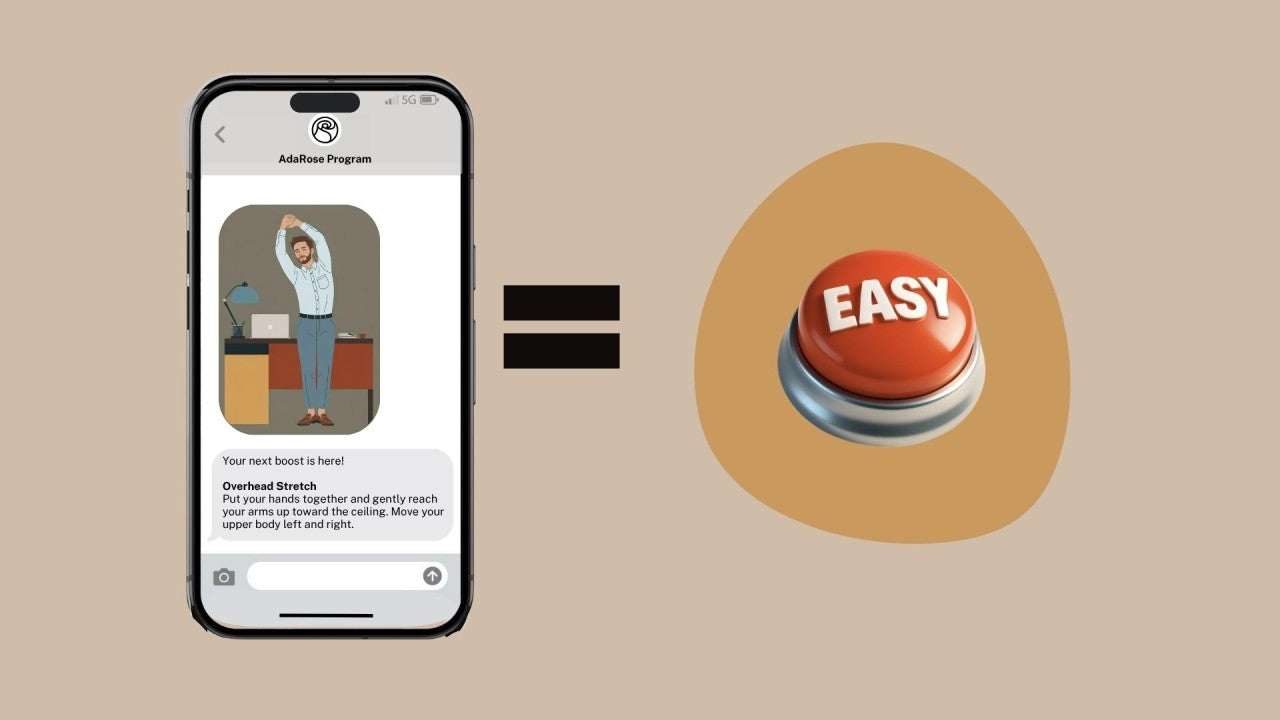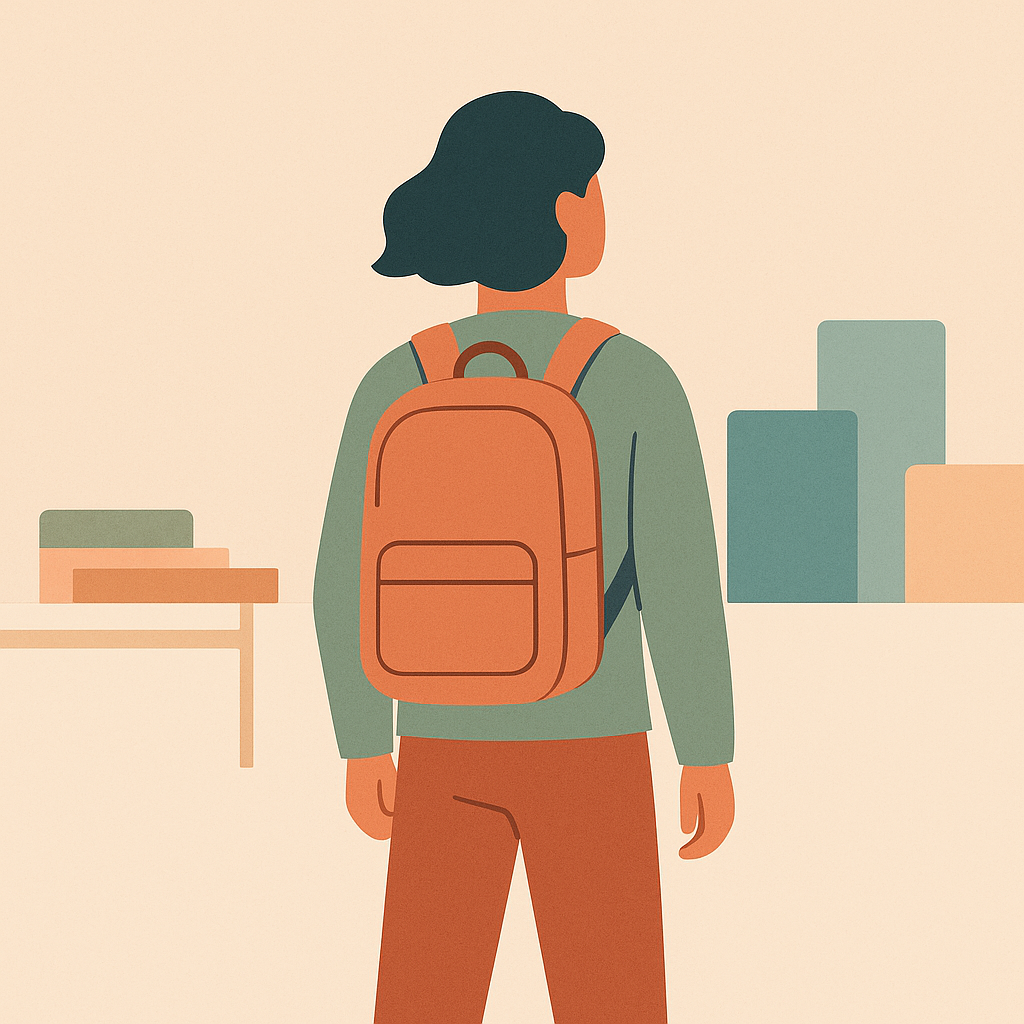Did you know that according to Traditional Chinese Medicine (TCM) and acupressure theory, there are certain spots on the body that can help you relax when they are massaged and touched in particular ways?
Pressure points for anxiety relief are also called "acupoints," which are specific places in which muscle tension tends to build.
When you use your fingers to gently press into these locations, you can boost blood flow and help muscles to relax, potentially lowering your body's "fight or flight response," thereby supporting both your physical and mental health.
The Best Pressure Points for Anxiety Relief
As you're probably aware, your mental state can have a big impact on your physical well-being, and vice versa.
In TCM, it's thought that stimulating particular acupoints on the body's surface can lead to various therapeutic benefits—such as reduced anxiety and pain, as well as improved focus—due to the connection between acupoints and major organs.
For example, according to TCM, the hands are said to be connected to the lung meridian (a “meridian” is a channel of energy throughout the body), while the space under the eyes and along the neck are associated with the stomach meridian.
It's possible that self-massage, or having an acupressure massage performed by a professional, can also lower your body's release of "stress hormones" such as cortisol. Because high levels of stress hormones circulating throughout your body tend to worsen inflammation and discomfort, keeping these levels in check is one way to feel your best. Acupressure massages that target pressure points for anxiety have even been shown to help lower blood pressure and improve sleep quality.
That being said, acupressure is considered an “alternative” therapy, as it's still up for debate whether there's enough existing evidence to say for sure that acupoints and meridians exist.
While acupressure might not be for everyone, it helps many to feel calmer and it’s very low-risk. Here are some of the best acupressure points experts say to focus on if you're feeling anxious or wound up:
1.) Between the eyebrows (also called Yin Tang or "third eye")
The midpoint between your eyebrows is one area in which many of us feel tension headaches beginning to form. You can use your thumb to gently press and release the skin in this location, which may produce a slight pain sensation that extends out towards your eyes.
2.) The inner side of the wrist (also called Shen Men or "Heart 7")
Try massaging your wrist on the side closest to your pinky finger at the point at which it meets your hand to help you feel calmer before going to sleep. This point is believed to help those who struggle with sleep and have heart issues tied to stress, such as high blood pressure.
3.) The inner side of the forearm (also called “Pericardium 6”)
Focus on the space two inches down from your wrist crease, in the middle of your forearm. If you struggle with indigestion or gastrointestinal (GI) issues tied to anxiety, such as nausea, try massaging this location daily.
4.) Center of the chest
Use your fingers to push away tightness that can lead to shortness of breath from the point in the middle of your chest, between your nipples. This point is said to help open the chest and relax the diaphragm, so it's recommended to massage it along with doing breathing exercises.
5.) Shoulder well
This point is located where the base of the neck meets the shoulder, right behind the shoulder and slightly toward your back as opposed to your chest. For people who experience tightness or pain in their shoulders, especially when they're overwhelmed, angry, or tired, focusing on this acupoint can help to let go of pent up negative energy. Some also find that targeting this point helps to prevent headaches.
Bonus: You can also try this quick shoulder massage led by a Physical Therapist using the pressure point massage ball in the AdaRose Work Break in a Box. It's a simple, easy, and effective way to address the stress and tension many of us carry in our shoulders.
Other pressure points for anxiety, stress, and trouble sleeping include:
-
Crown of the head
-
Intersection between the big toe and the second toe
-
Inside of the leg just above the ankle
-
Along the sides of the neck
How to Give Yourself an Acupressure Massage
Keep in mind that acupressure is just one type of practice, but there are many complementary ones. For many people it works best when used with other mindful living practices and relaxation techniques that also help to tackle stress, such as deep breathing, meditation, and/or yoga.
Here are some tips for getting started:
-
Begin by getting your body and mind ready for the practice. Take slow, deep breaths and either lie down or sit somewhere comfortable. You can close your eyes if it feels good, or keep them softly open. Now is also a great time to consider setting an intention, such as to relax and recharge.
-
It's recommended that you use your thumb to massage acupressure points gently, but if this doesn't feel good, then try your index finger instead.
-
Press down gently with your thumb/finger right over the point you're targeting. Move your thumb in a circular motion and then switch directions. Aim to massage each point for about 2 to 3 minutes. Remember to keep breathing steadily!
-
If you experience pain, use a gentler touch or move to another acupoint. Some tenderness is normal, but the discomfort shouldn't be intense.
-
For the best results, practice acupressure self-massages twice daily, in the morning and at night. Do this consistently for about two weeks and many experts say you should experience lower overall stress levels.
So why not incorporate acupressure self-massages into your regular self care routine?





